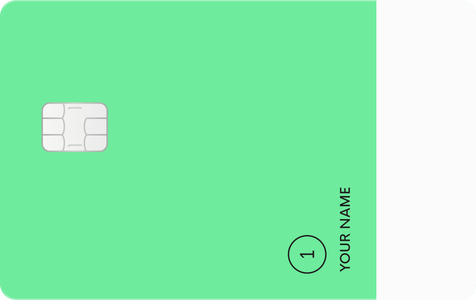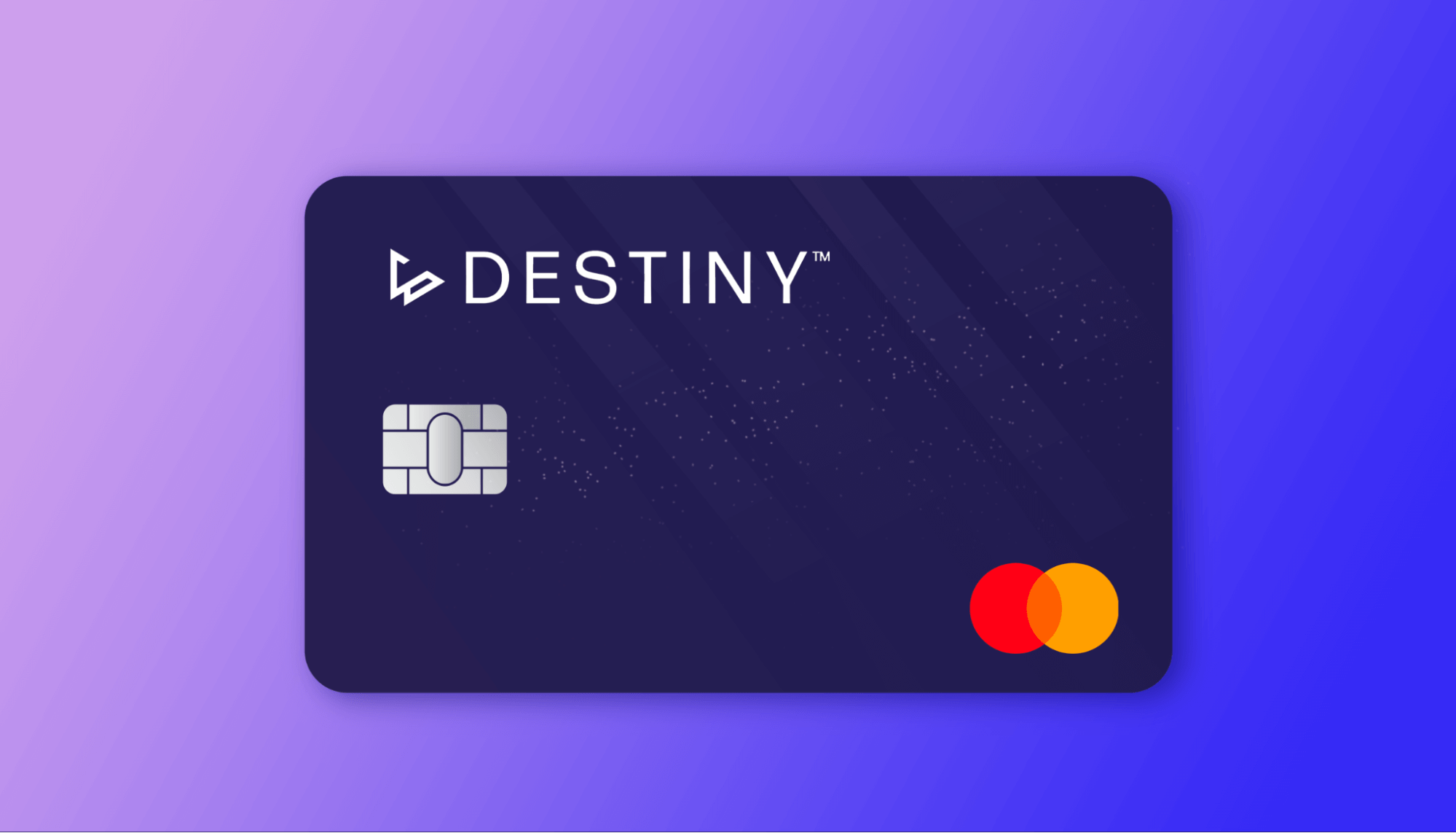Ads
Delivery of Uber Eats orders in Tokyo is about to undergo a groundbreaking transformation with the introduction of fully autonomous robots. These robots are set to revolutionize the food delivery industry in Tokyo by streamlining the delivery process and addressing local labor shortages.
Uber Eats, a popular food delivery service, is set to launch its fleet of driverless robots in Tokyo. This initiative is a result of a collaboration between Uber Eats, Mitsubishi Electric, and Cartken, an autonomous robotics company. Having successfully implemented this technology in the United States, Uber Eats is now expanding its driverless delivery program to Tokyo, marking a significant milestone in its international growth.
The primary objective of the Uber Eats robot delivery program is to enhance the efficiency and convenience of food delivery services in Tokyo. By leveraging autonomous robots, Uber Eats aims to supplement the existing delivery methods that rely on human workers, bicycles, motorcycles, and foot delivery. Shintaro Nakagawa, CEO of Uber Eats Japan, emphasizes that autonomous delivery will play a crucial role in addressing the local labor shortages and improving the overall delivery experience for customers.
The delivery robots employed by Uber Eats in Tokyo are equipped with advanced technology that enables them to drive autonomously and navigate through various obstacles. Cartken’s Model C delivery robots feature six cameras for autonomous driving and obstacle detection, as well as powerful Artificial Intelligence capabilities. These robots have been specially designed to comply with Japanese regulations, including a maximum speed limit of 5.4 km/h and reduced load capacity, enabling them to efficiently deliver food orders across Tokyo.
Mitsubishi Electric, a renowned multinational electronics and electrical equipment company, has joined forces with Uber Eats and Cartken to oversee the operations and collaborate on future expansion plans. By combining their expertise in robotics and logistics, these companies aim to revolutionize the food delivery industry in Tokyo and set a new standard for autonomous delivery services.
To address privacy concerns, Uber Eats has implemented additional security measures, such as automatically masking human faces in robot-captured photographs. These measures are intended to protect the privacy of individuals and ensure that the delivery process remains secure and efficient.
Despite the promising prospects of robot delivery, there are challenges that need to be addressed, particularly in densely populated areas where robots must navigate among pedestrians. Shoji Tanaka, senior general manager of Mitsubishi Electric’s advanced applications research center, acknowledges the logistical complexities of deploying autonomous robots in urban settings and emphasizes the importance of finding practical solutions to ensure the success of this delivery program.
As the Uber Eats robot delivery program prepares to launch in Tokyo, details such as operating hours and participating restaurants have yet to be disclosed. However, the announcement of this innovative initiative has generated excitement and anticipation among residents and businesses in Tokyo, who are eager to experience the benefits of autonomous food delivery.
In conclusion, the introduction of fully autonomous robots for Uber Eats orders in Tokyo represents a significant advancement in the food delivery industry. By leveraging cutting-edge technology and strategic partnerships, Uber Eats is poised to revolutionize the delivery experience for customers while addressing labor shortages and logistical challenges. As this program prepares to launch in Tokyo, we can expect to see a new era of autonomous food delivery services emerge in Japan, setting the stage for future innovations in the industry.







